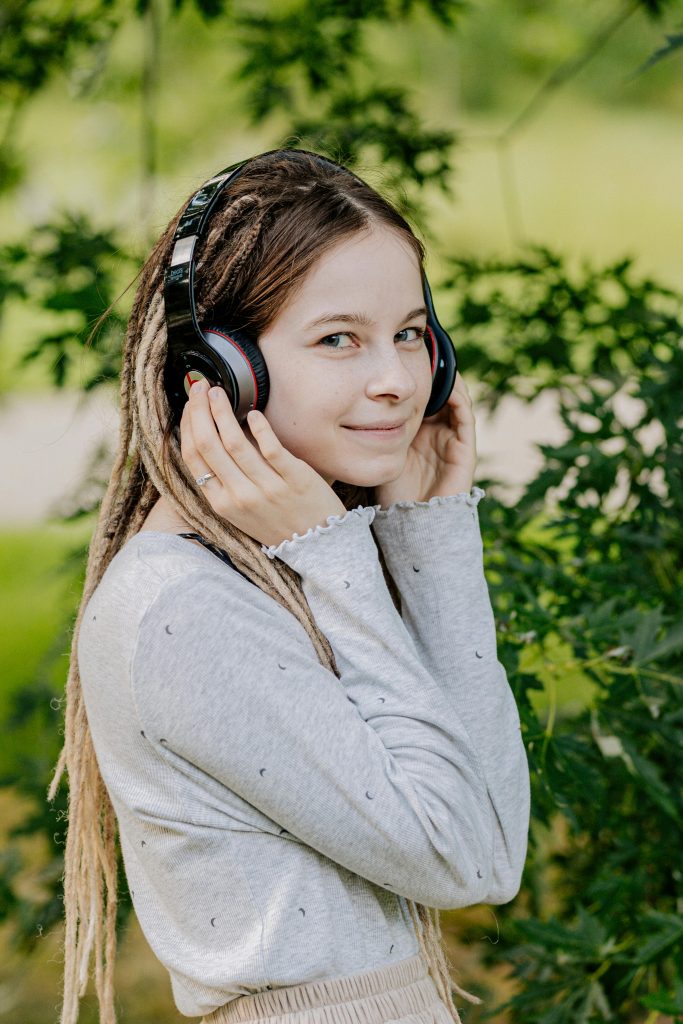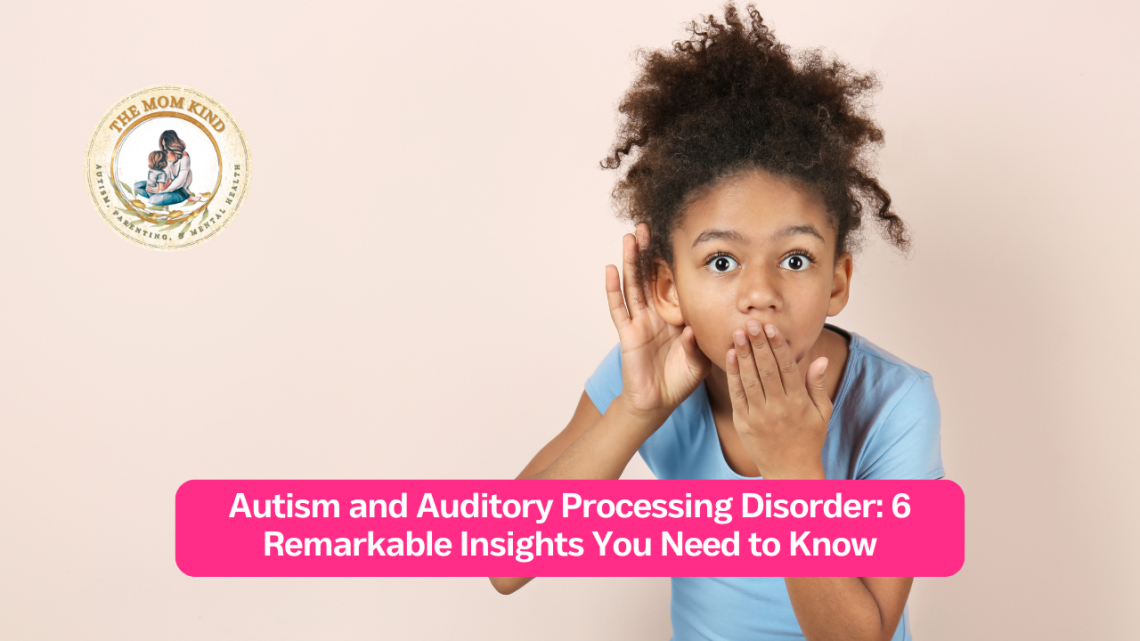Autism Spectrum Disorder (ASD) and Auditory Processing Disorder (APD) are two distinct conditions, each presenting unique challenges. While not every individual with autism and Auditory Processing Disorder, there is a higher prevalence among the ASD population.
If you’re a caregiver, educator, clinician, or family member of someone with ASD, understanding the potential connection with APD could be essential in assisting the person’s developmental and adaptive processes.
This article defines these conditions and presents six valuable insights about their relationship.
Understanding APD
Auditory Processing Disorder (APD) is characterized by challenges in processing sounds, particularly spoken words, despite the individual having normal hearing. While the hearing mechanism functions correctly, the brain struggles to accurately process and interpret sounds, leading to difficulties such as understanding speech in noisy environments, locating sound sources, and following complex auditory instructions.
The prevalence of APD is notably significant. It is estimated to affect around 5% of school-aged children worldwide. This highlights the widespread impact of APD, emphasizing the importance of understanding and addressing this condition.
Comprehending ASD
While Autism Spectrum Disorder (ASD) may share symptoms with APD, it is essentially different. ASD is a neurodevelopmental condition that affects communication and social interaction. Its symptoms can begin to appear in early childhood and often include difficulties with social engagement, patterns of repetitive behavior, and challenges in verbal and non-verbal communication.
The prevalence of ASD is significant and seems to be rising globally. The Centers for Disease Control and Prevention (CDC) reported that approximately 1 in 36 children were identified with ASD as of their latest data.
This increasing trend underscores the need for comprehensive support systems, effective therapeutic interventions, and further research to understand the condition better and improve the quality of life for those affected.
Things To Know About APD And ASD
The relationship between autism and auditory processing disorder is complex. Awareness of these points can promote more comprehensive support for those experiencing the conditions and foster increased understanding among families, educators, and clinicians.

Shared Symptoms
The shared symptoms between ASD and APD often complicate the diagnostic process. Both disorders can lead to difficulties in understanding and processing spoken language, which may manifest as difficulty following instructions, conversing with others, and understanding speech in noisy environments. These shared symptoms may sometimes be mistaken as exclusive to one condition, leading to potential misdiagnosis.
Research suggests that APD and ASD can co-occur in some individuals, further complicating diagnosis. Hence, conducting a comprehensive and multidisciplinary approach to evaluation and intervention is imperative.
Auditory Challenges
With APD, the primary issue lies in processing auditory information, often resulting in problems with following verbal instructions, distinguishing similar sounds, or identifying the direction of sounds. It’s crucial to understand that this is not a hearing problem but a difficulty with how the brain processes these sounds.
Contrastingly, while some people with ASD may also experience issues with sound sensitivity and may find certain noises distressing, these challenges aren’t precisely the same as those seen with APD. Nevertheless, it’s possible for individuals with autism also to have APD; in such cases, auditory challenges would be present.
Sensory Sensitivity
Sensory sensitivity forms a significant part of ASD, where individuals might be over or under-sensitive to different sensory inputs. Sensory input includes sounds, sights, touch, taste, and smell. For this reason, people with autism might find certain noises, textures, or lights overwhelmingly uncomfortable.
On the other hand, sensory sensitivity isn’t a hallmark characteristic of APD. Nonetheless, those struggling to process auditory information might resort to avoidance behaviors or express frustration in noisy environments due to the associated discomfort.
Impact On Communication
APD can impact communication, especially if auditory information processing leads to difficulties in understanding speech, especially in noisy environments or with complex instructions. However, it usually does not affect the desire to communicate.
In contrast, ASD is characterized by a spectrum of communication challenges, ranging from delayed language development to difficulties with nonverbal communication cues such as eye contact and body language.
Additionally, understanding the perspectives of others can also be a significant hurdle. Unlike APD, individuals with autism might also struggle with initiating or even having the desire for communication.
Treatment Approaches
While there is no cure for APD or ASD, various interventions can help individuals manage their symptoms and improve their quality of life. Treatment options for APD may include:
- Speech and language therapy
- Auditory training programs
- Use of assistive listening devices to improve auditory processing skills
For individuals with ASD, interventions may focus on the following:
- Speech therapy and language therapy
- Social skills training
- Occupational therapy
- Behavior management strategies
Individualized education plans (IEPs) can also support academic and social development for both conditions.
Support And Understanding
Supporting individuals with APD and ASD begins with understanding their unique needs and experiences. Those with APD might need extra time to process verbal information, prefer visual cues, or benefit from quiet environments. It’s not about a lack of intelligence or unwillingness to listen but rather a different way of processing auditory information.
Regarding ASD, remember that individuals fall on a spectrum, which means this condition may affect everyone differently. A predictable and structured environment can help manage sensory sensitivities and communication challenges. Patience, consistency, and positive reinforcement are key.
Advocacy for inclusive and accommodating environments in schools, workplaces, and the broader community is crucial for both APD and ASD. The aim is to foster a sense of belonging, celebrating unique perspectives and strengths while addressing their challenges effectively.
Autism and Auditory Processing Disorder: Conclusion
Understanding the distinct characteristics and overlaps of APD and ASD is essential in the journey toward better diagnosis, treatment, and support. With these key insights, you’ll be better equipped to support people with these conditions.





